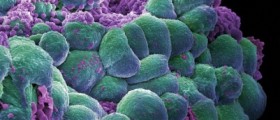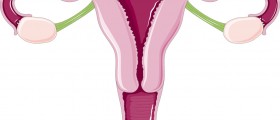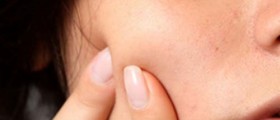
Breast cyst facts
Cysts are not firmly placed in one place and they are round and in times hard upon touch. In most cases, breast cysts are benign.Women do not need to go the hospital to find out whether they have breast cysts. A lot of women are familiar and use self breast examination in order to discover whether they have any cysts. It is not uncommon for the cysts to recur. A lot of women suffer from cysts several times in their life. According to certain studies, almost 7% of all women develop breast cysts at least once during their life.
When the milk glands become bigger, that is when the cysts are formed. Most women have their cysts formed in the upper half of the breasts. A lot of women who undergo a hormone replacement therapy have breast cysts formed. However, it is the pre-menopausal women who usually end up with breast cysts. A woman can have one or several cysts at the same time.
If there is an imbalance between the production and absorption of fluids, then there is a strong possibility of cyst formation. Right before the menstrual period, the cysts tend to grow in size and feel tenderer but they usually reduce after the period.
Breast cyst aspiration
A doctor can determine that there is a cyst through a mammogram but the breast ultrasound is mostly used because it is most effective. After the cyst is diagnosed, the doctor will remove the cyst through the process of aspiration. Using a fine needle and a syringe, the specialist will get rid of the fluid from the cyst. If there is some blood in the fluid, it will be sent for further analysis. There is a chance that the cyst is malignant but these situations are rare.
Fibrocystic breast disease
This condition occurs when the milk ducts and glands are covered with fibrous tissue.

















Your thoughts on this
Loading...